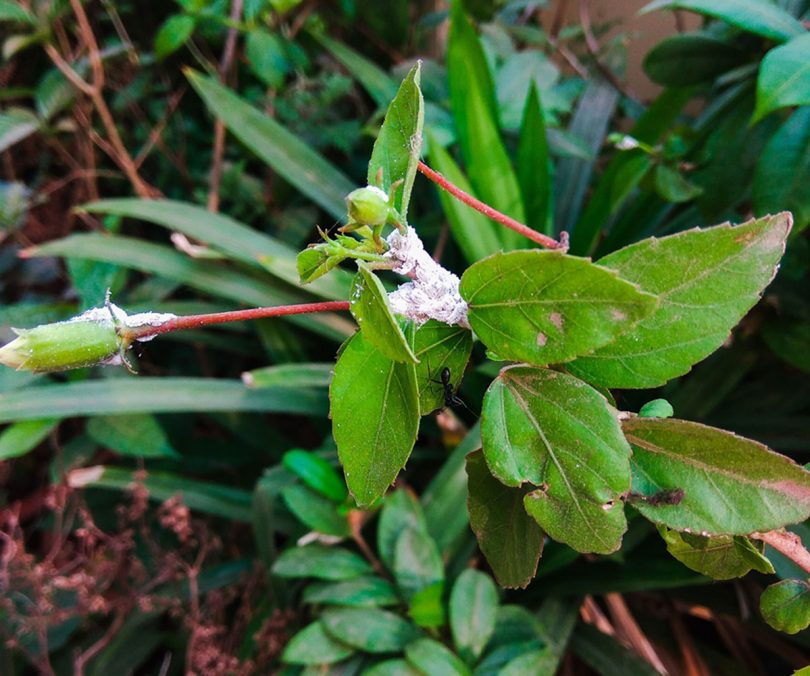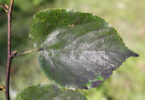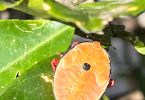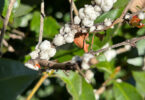Botanical name
Family Pseudococcidae
Common name
Mealybugs
Mealybug identification
Pale pink, grey or yellow oval shaped bodies covered in powdery white wax. Their bodies have a fringe of short, waxy threads. They thrive in warm, moist positions in locations where leaves meet the stem or where leaves overlap. They can also be found underground.
Mealybugs lay eggs in large waxy egg sacs making it easy to mistake a large colony for a fungal disease. Slow to move around, Mealybugs transport from place to place on plant material or by the ants that are attracted to the honeydew. Tunnels created by ants underground provide an easy way for Mealybugs to move to new parts of the infected plant.
Plant damage caused
They suck the sap from the plant causing wilting and distortion of new leaves. Sooty Mould may form in the honeydew produced by these pests.
Organic pest control
Sprays used to kill other insects assist Mealybug numbers by killing the insects that usually keep their numbers in check. Try to avoid spraying mealybug prone/infected plants for other pests and diseases. Control ants and prune off badly affected areas if possible. Apply a thorough coverage of White Oil (readily available at Bunnings and nurseries).
Chemical pest control
Badly affected plants should have as much of the affected areas pruned off before treating with chemicals. Use Fenthion or Omethoate as directed. Disulfoton applied to the soil will probably kill Mealybugs underground.





